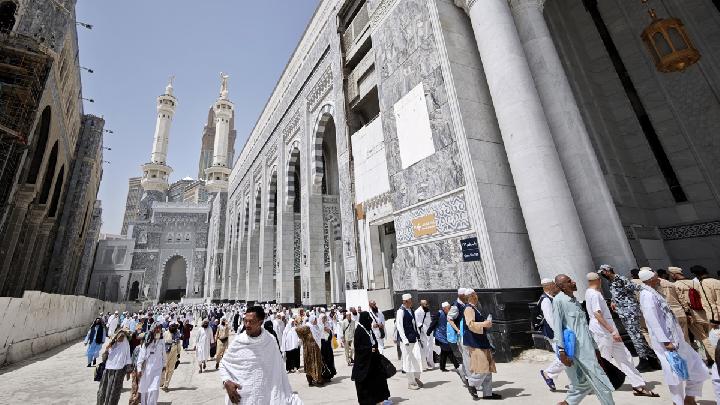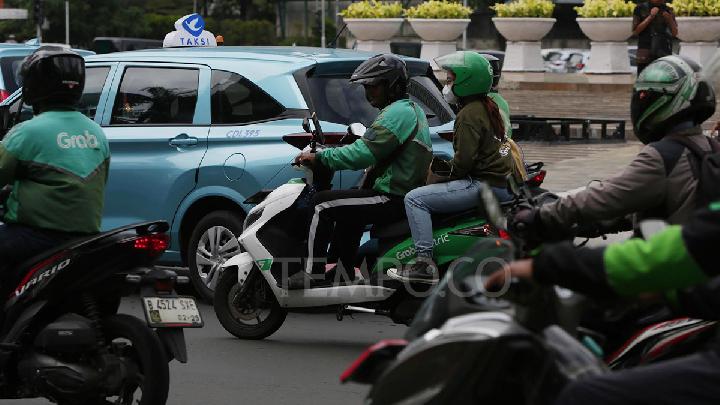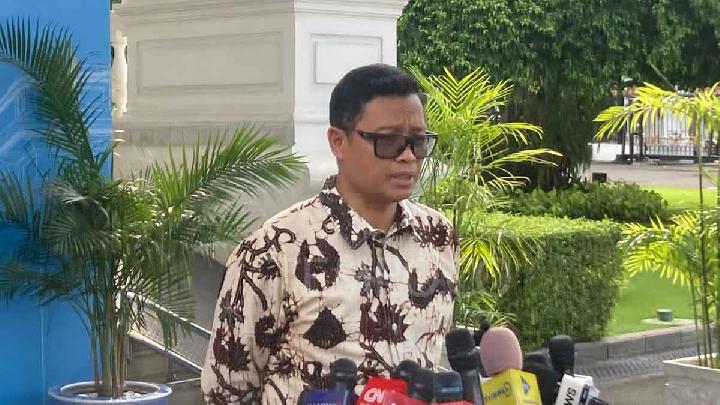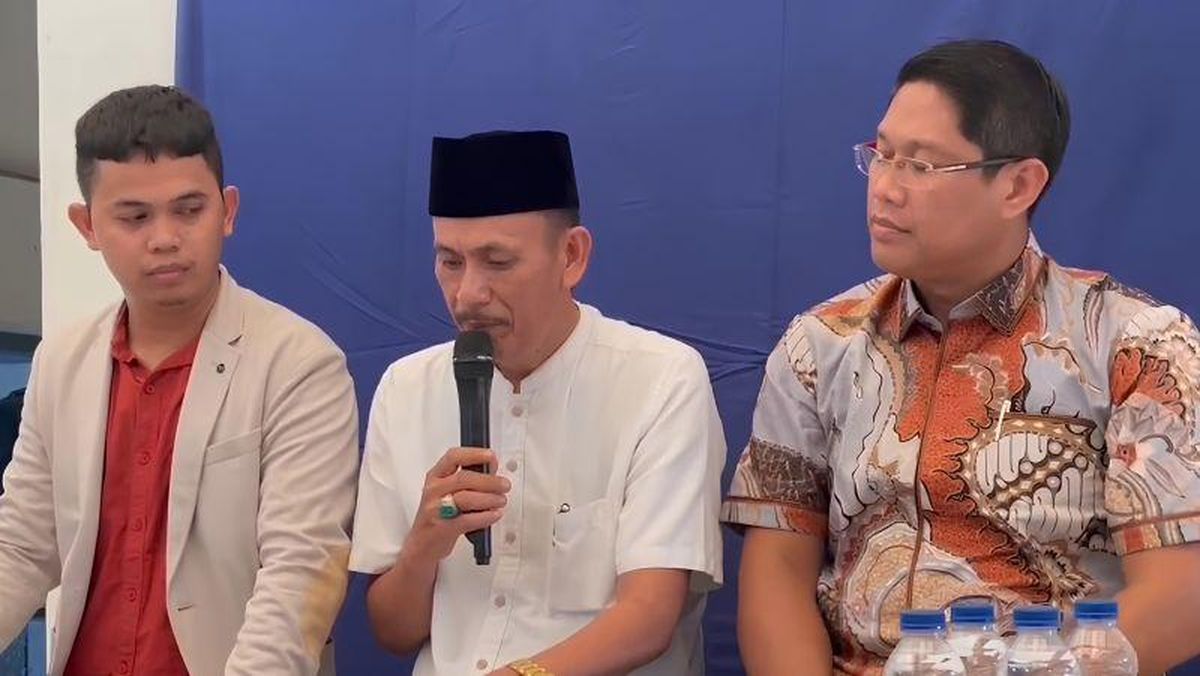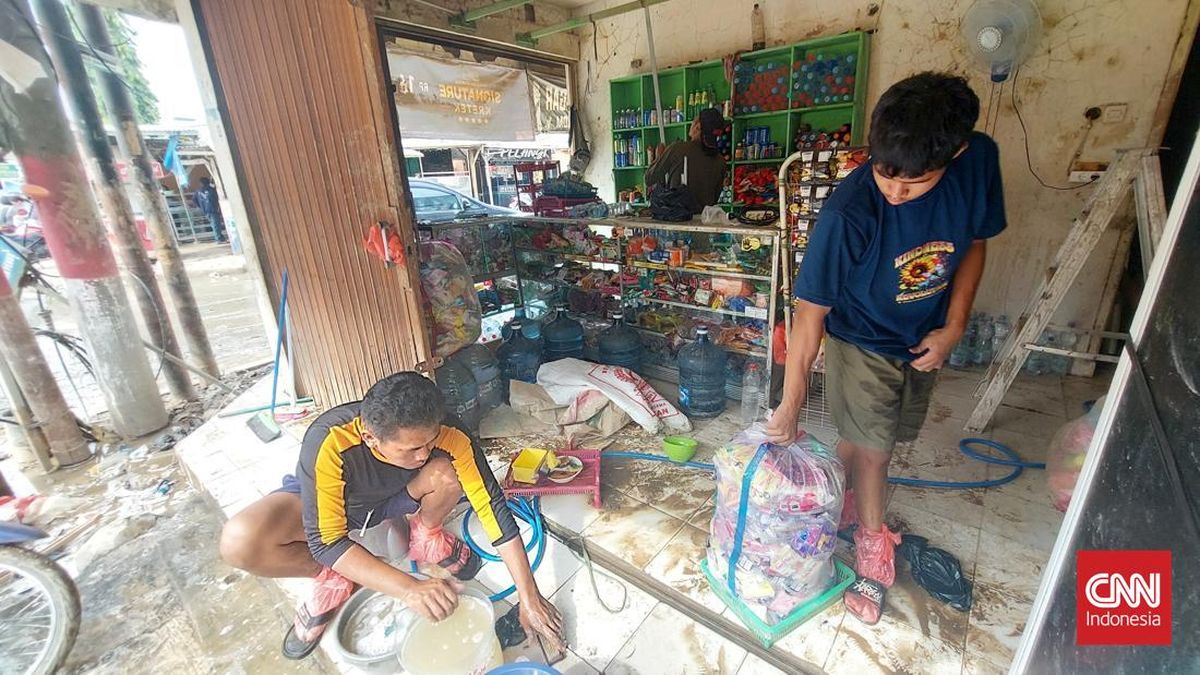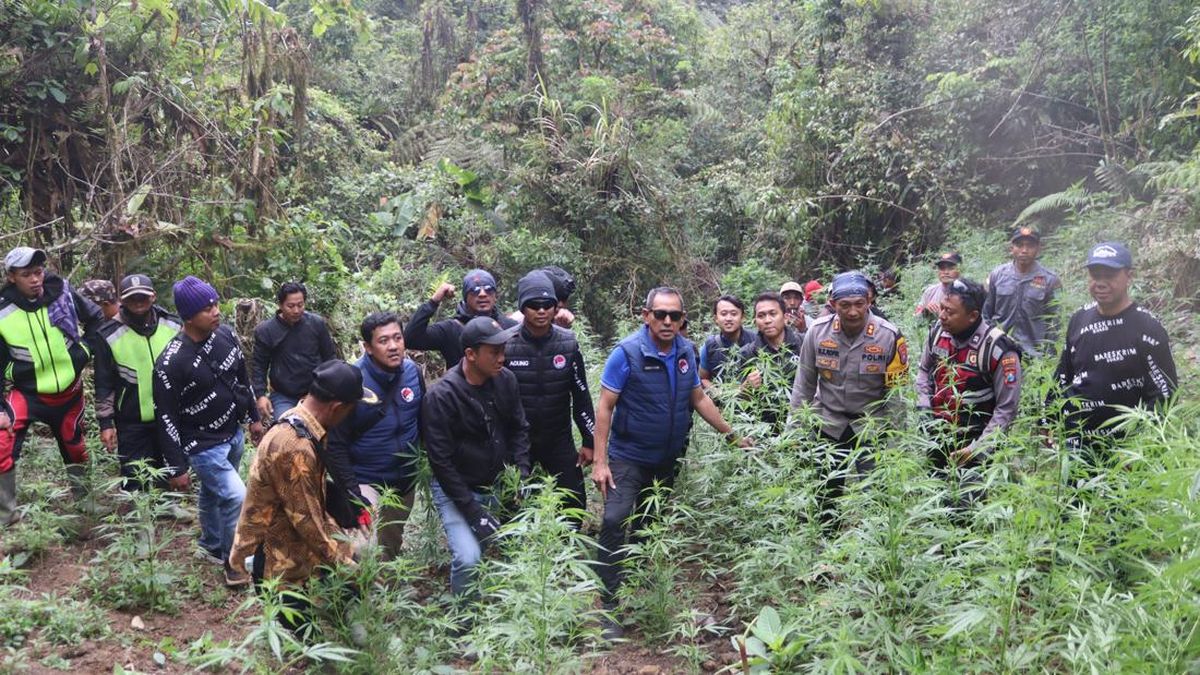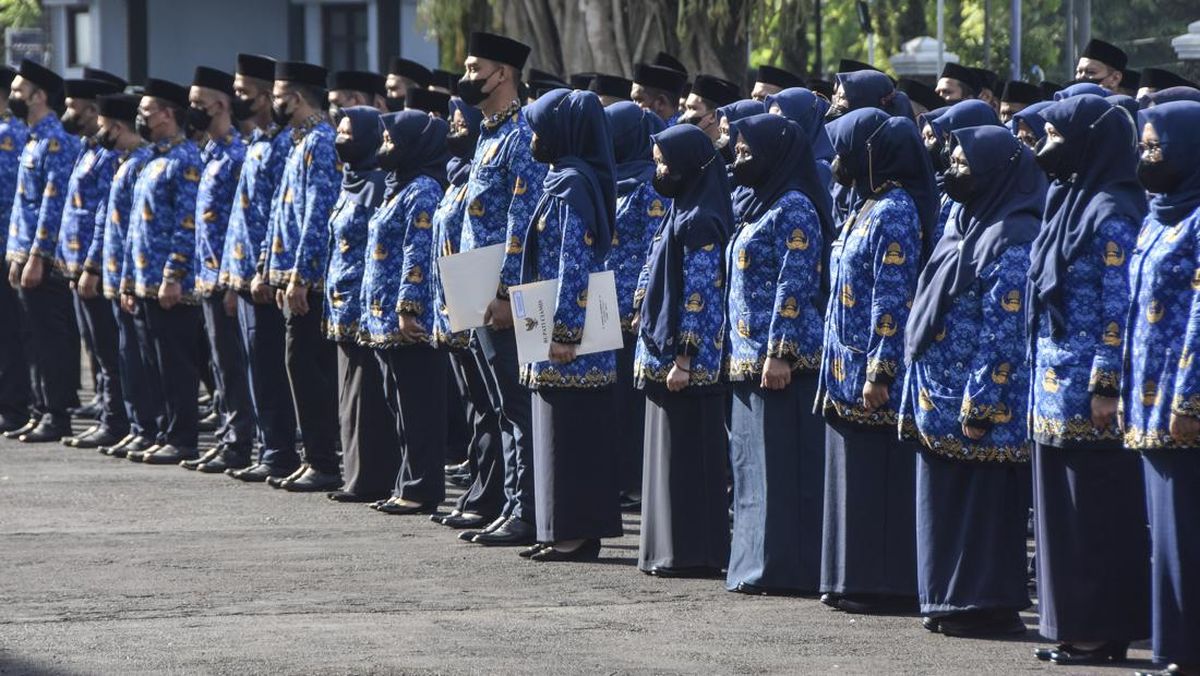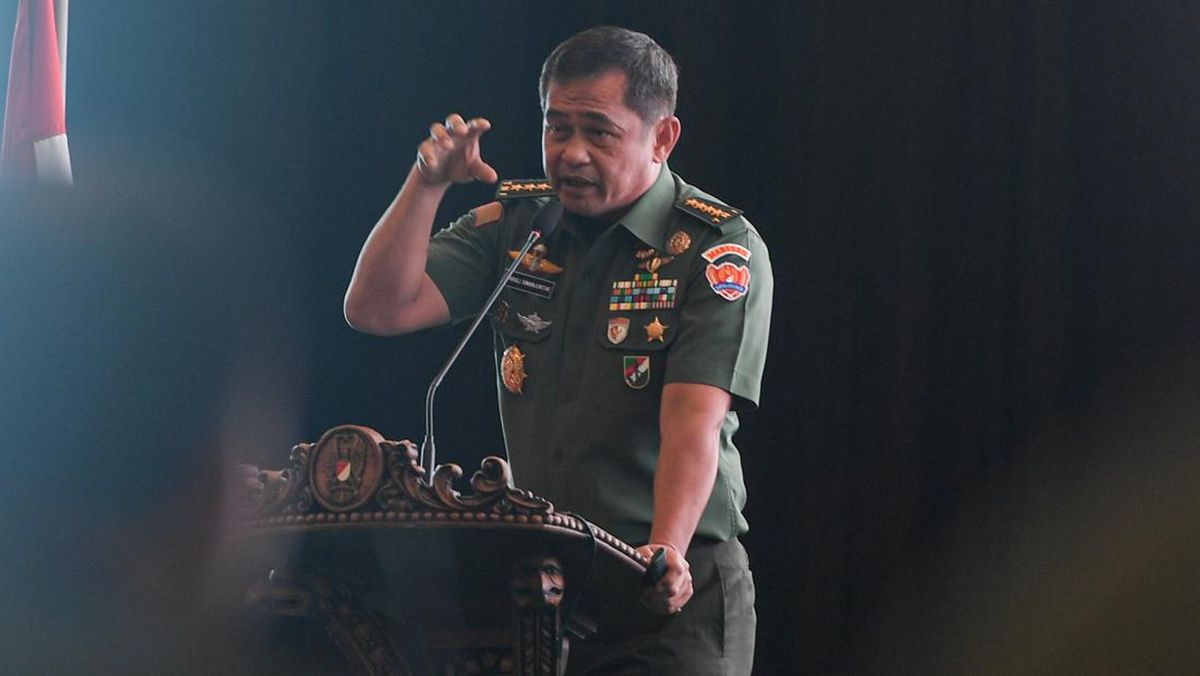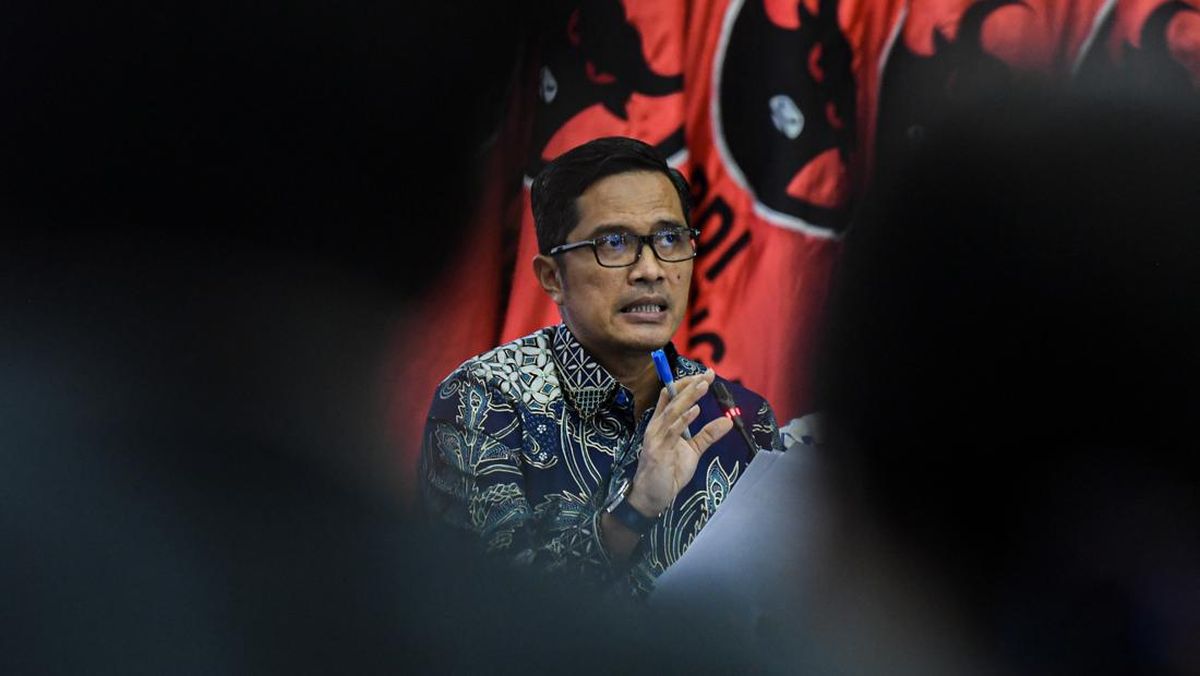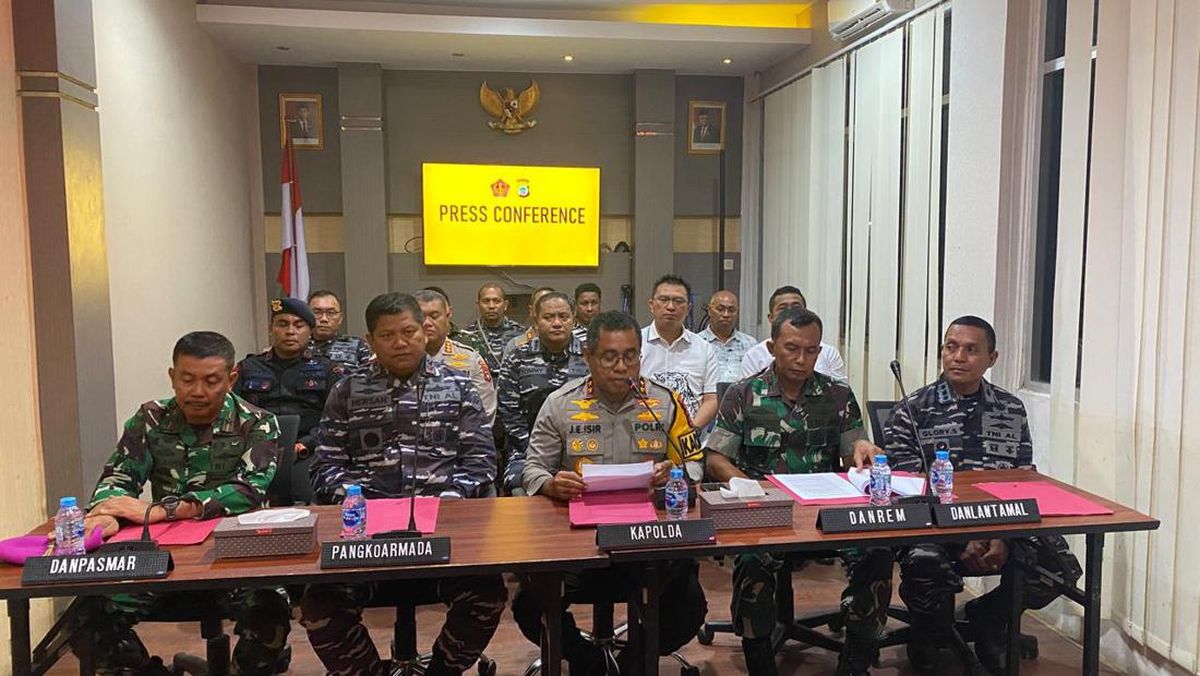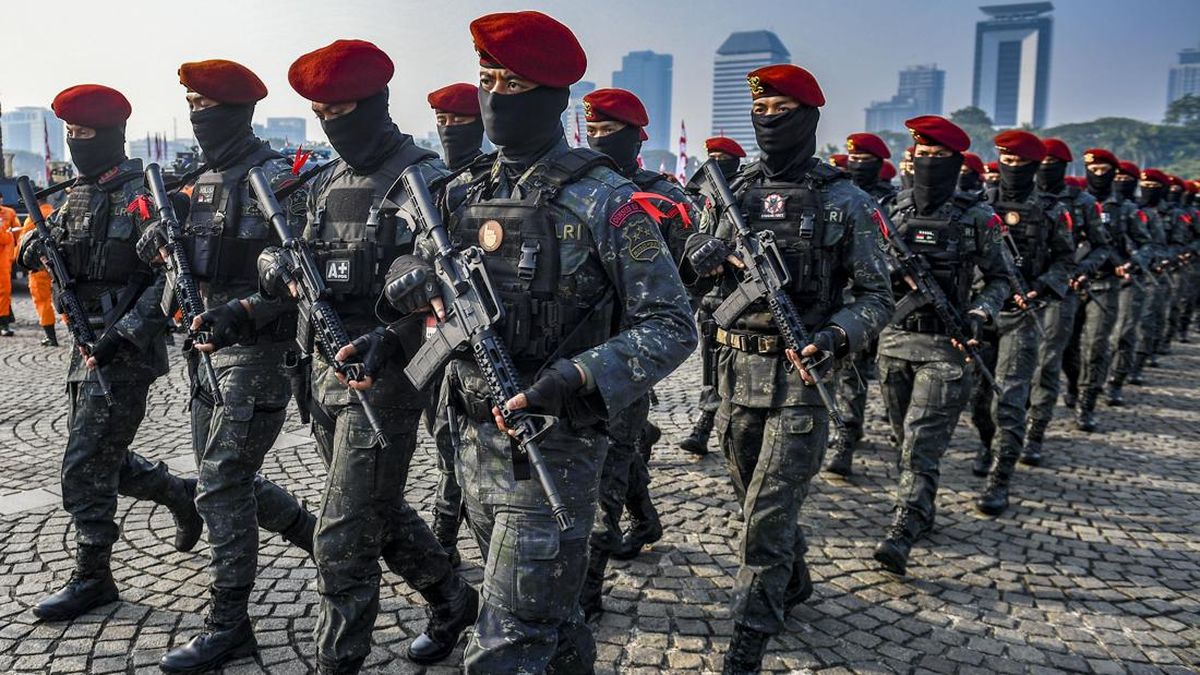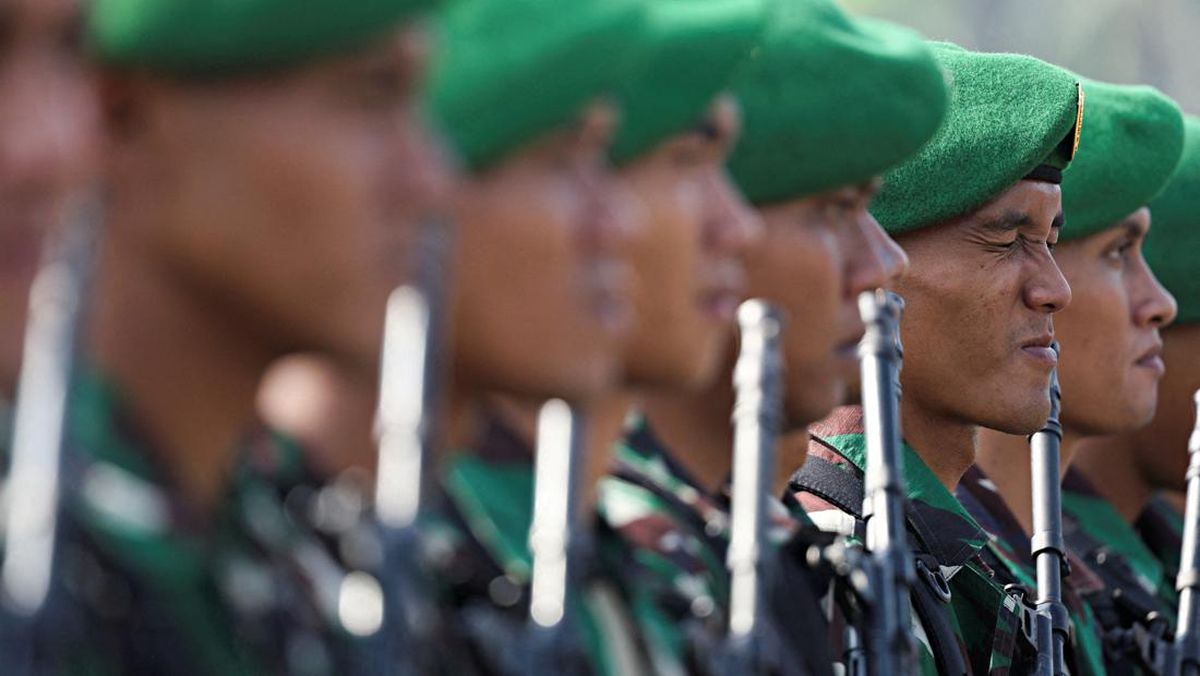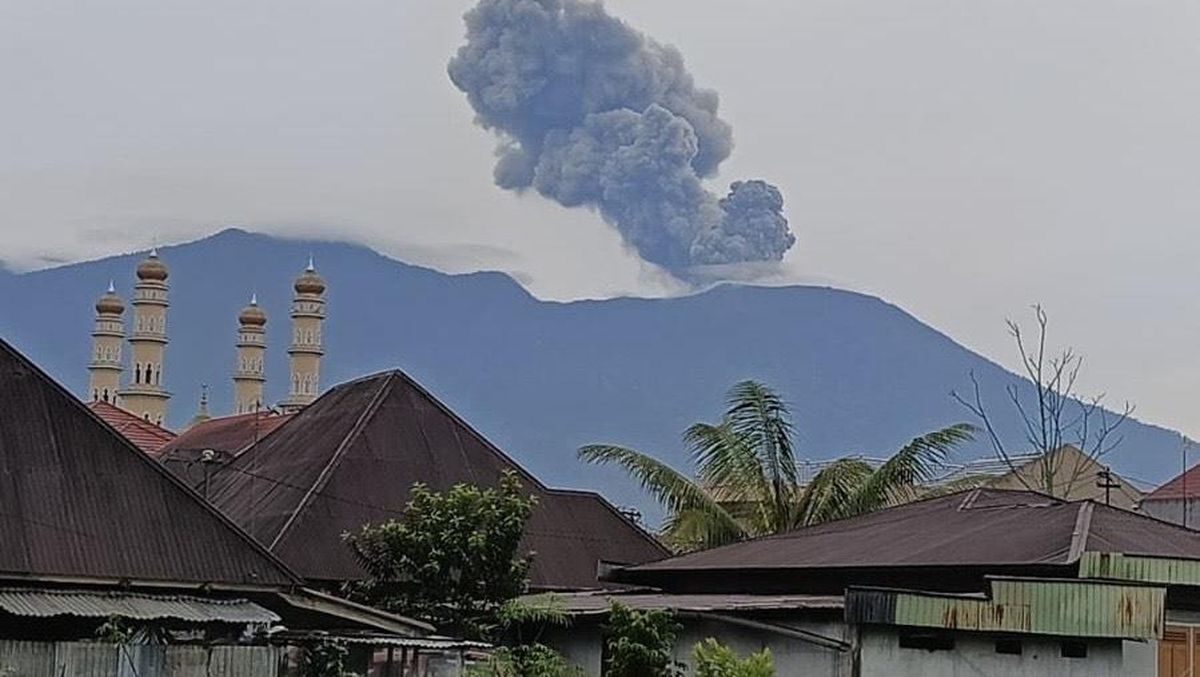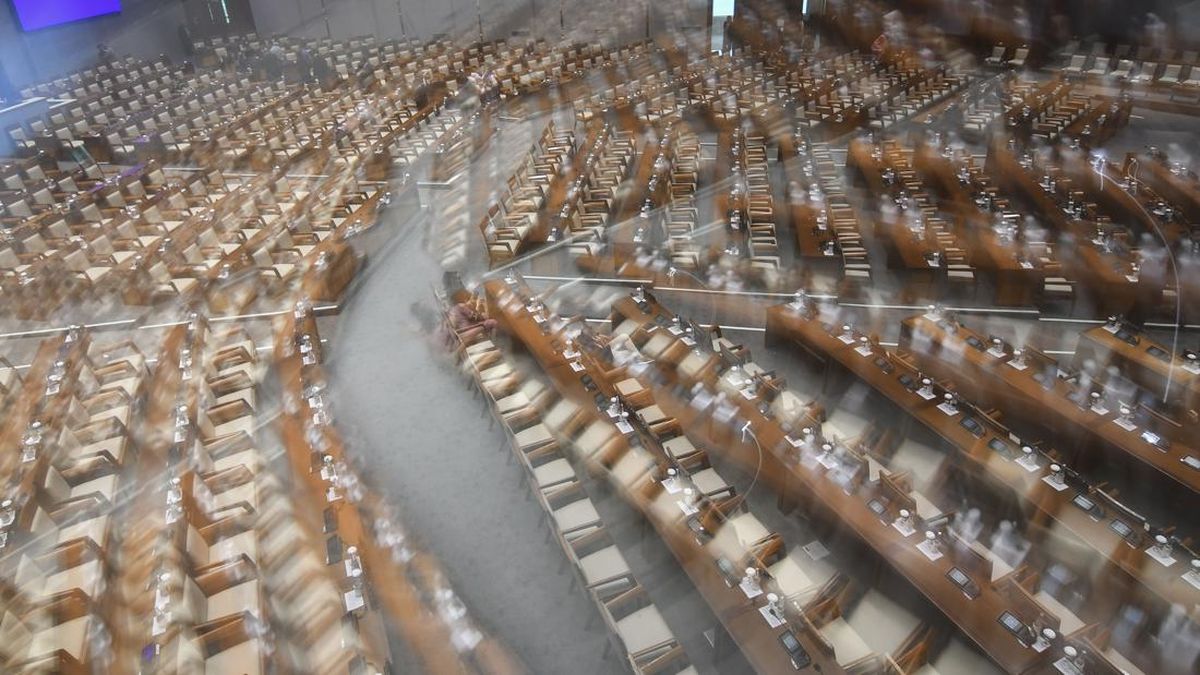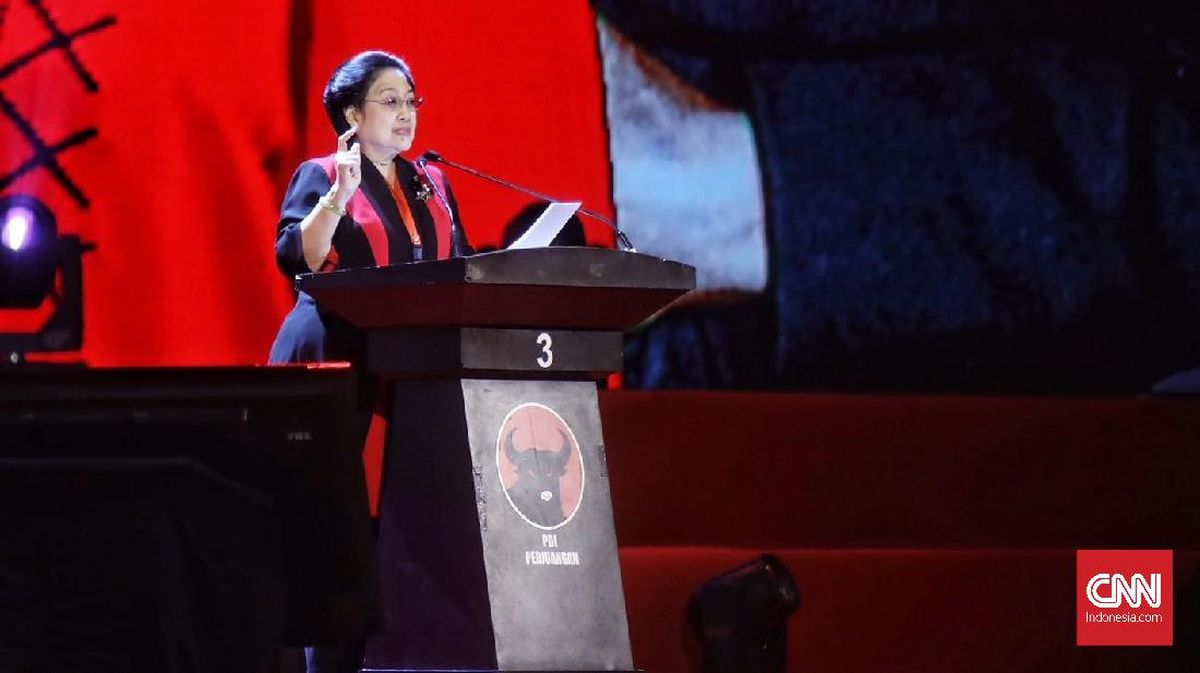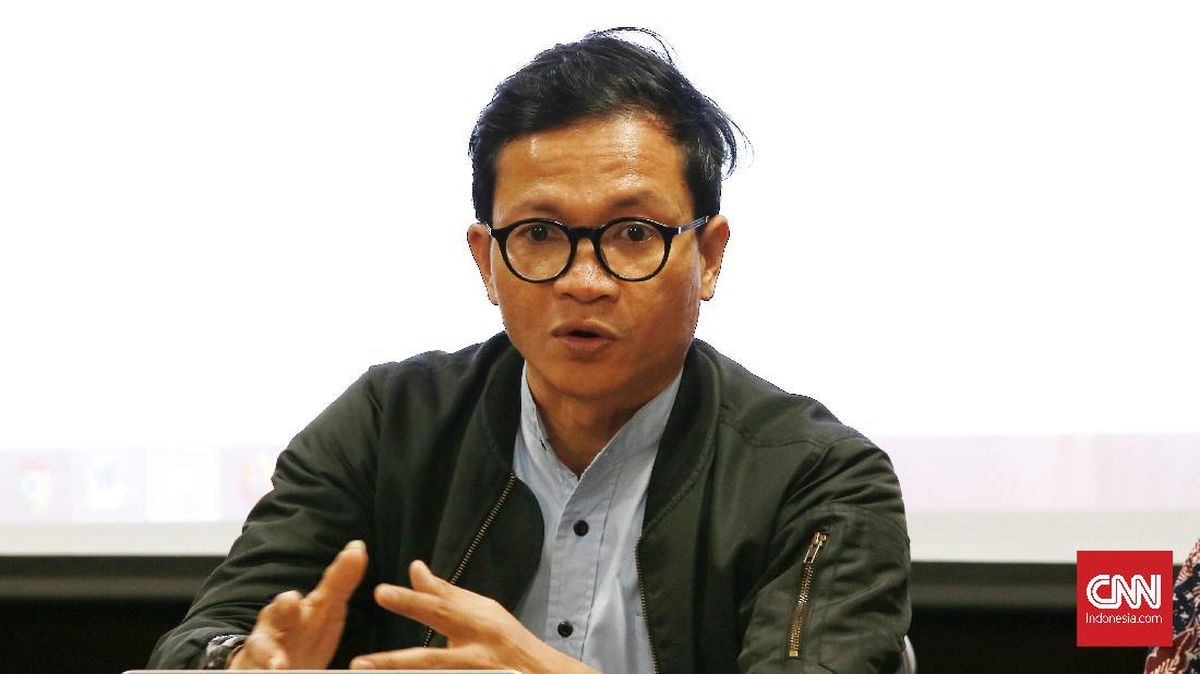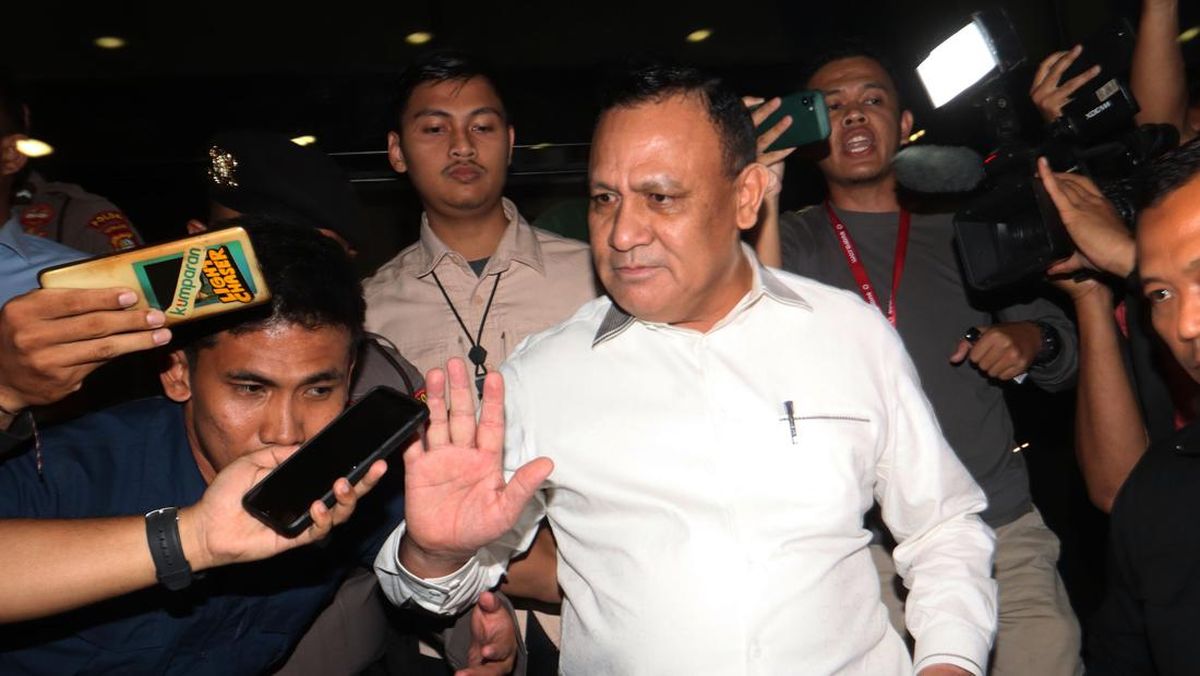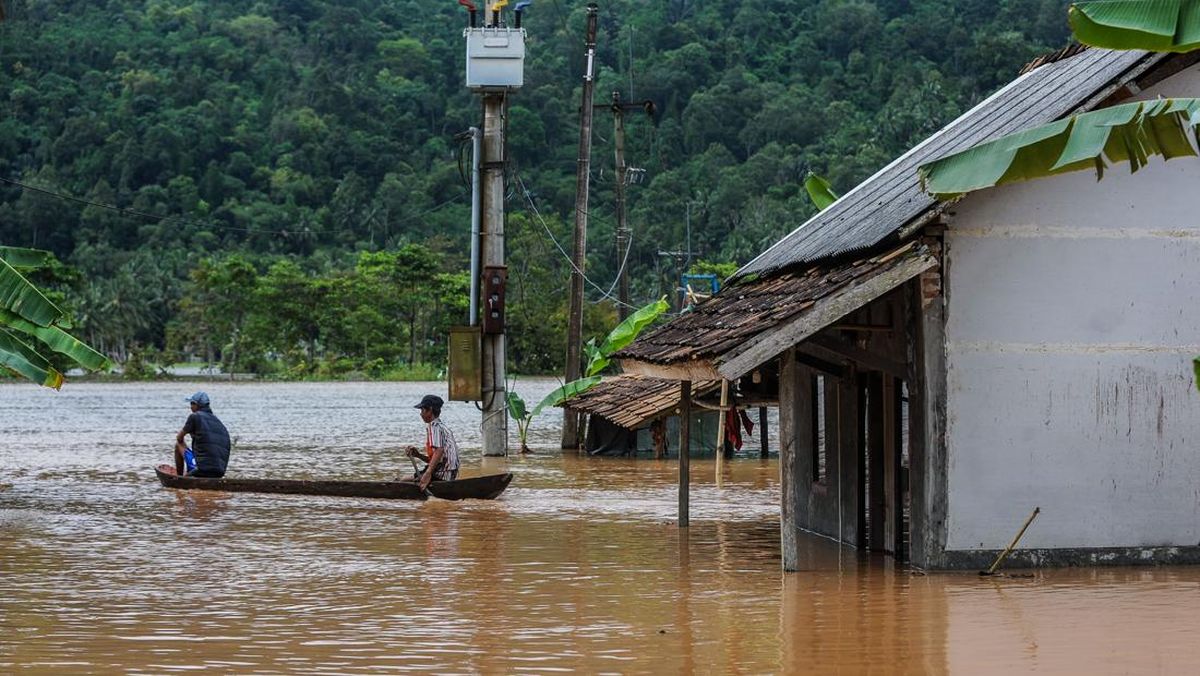By: Soumyabrata Mondal, Banaras Hindu University.
Caste remains the primary axis of social stratification in India, influencing access to education, employment, land, political power and social mobility.
The absence of comprehensive caste data has crippled policymaking.
For nearly a century, India has avoided a full accounting of its caste composition.
The last comprehensive caste enumeration occurred in 1931 under colonial rule. Post-independence, while data on Scheduled Castes (SCs) and Scheduled Tribes (STs) has been routinely collected, the enumeration of Other Backward Classes (OBCs) and other caste groups was deliberately discontinued, premised on building a casteless, egalitarian society.
Paradoxically, while caste was erased from official records, it remained entrenched in the country’s social, political, and economic structures.
From access to education and employment to political representation and everyday social interactions, caste continues to shape opportunities and outcomes.
As India readies itself for the next decadal census amidst widening socio-economic inequalities and intensifying political mobilisation, the call for a caste census has gained new resonance.
A caste census would offer critical, updated data to inform affirmative action policies, correct historical injustices and ensure equitable distribution of resources.
Why a caste census matters
According to the All India Survey on Higher Education 2021-22, representation of Scheduled Castes in higher education institutions is 14.3 percent, and Scheduled Tribes a mere 5.8 percent, despite their combined share in the population being over 25 percent.
For the OBCs, while participation has increased, it still lags behind the general category groups, revealing persistent gaps in access.
Similarly, data from the Periodic Labour Force Survey (PLFS) 2022-23 highlights the overrepresentation of SCs and STs in informal, low-paid and vulnerable employment. Over 70 percent of Dalits (a term used for the Scheduled Castes) are engaged in casual labour or self-employment with little job security or social protection.
Caste continues to pose a significant barrier to accessing agricultural credit, despite a large proportion of agricultural labourers belonging to Scheduled Castes or Scheduled Tribes communities.
Without reliable, up-to-date caste data, the government cannot accurately gauge who benefits from affirmative action policies.
The political economy of enumeration
Enumeration is a deeply political exercise. It determines who is counted, how they are counted and what consequences follow. Opponents of the caste census argue that such an exercise would further entrench caste identities and undermine the project of social harmony.
The absence of official caste data conveniently preserves the privilege of dominant groups while marginalising others under the guise of national unity.
The demand for a caste census is also closely tied to representation.
At the heart of India’s affirmative action system is the principle of proportionality — that historically marginalised communities should receive representation in public institutions in proportion to their population. But how does one ensure proportional representation without knowing the actual numbers?
The Mandal Commission in 1980 estimated the OBC population at 52 percent, a figure still used today despite being four decades old and heavily contested. Crucial policy decisions are then based on guesswork rather than empirical evidence.
A century-old data gap
India is perhaps the only major democracy that does not collect comprehensive data on its most critical social division.
The 1931 Census remains the last source of publicly available caste-wise population data.
In 2011, a Socio-Economic and Caste Census (SECC) was conducted, but its caste data was never released due to concerns over accuracy and political sensitivities.
This has created a paradoxical situation. While caste remains central to political mobilisation, electoral strategies and social hierarchies, the absence of reliable data allows policymakers to make selective and often arbitrary interventions.
Interestingly, countries like the United States, South Africa, and Brazil regularly collect race or ethnicity-based data to monitor disparities and design targeted policies. India’s reluctance appears all the more anachronistic given its constitutional commitment to social justice.
Caste and poverty
Caste remains one of the most powerful determinants of poverty in India. The NITI Aayog’s Multidimensional Poverty Index 2023 highlights stark disparities — 32.6 percent STs, 27.4 percent SCs, and 18.3 percent OBCs are multidimensionally poor, compared to just 8.5 percent in the general category.
However, in the absence of a comprehensive caste census, the deep inequalities that persist within these broad categories remain hidden.
Take the OBC category, for example. While some communities within it have made significant socio-economic gains, others continue to face acute deprivation.
Democracy demands data
In an era where governments increasingly rely on big data and evidence-based policymaking, it is indefensible to exclude caste from official statistics.
Moreover, withholding data often serves to mask existing hierarchies and inequities. A caste census would expose uncomfortable truths about disparities in wealth, land ownership, education and employment, compelling the state to address them meaningfully.
It would also enhance transparency and accountability in the implementation of welfare schemes.
The road ahead
The claim that a caste census would deepen caste divisions does not stand scrutiny. Caste identities in India are already firmly embedded in everyday life and actively mobilised in politics — with or without official data. The real difference is that, at present, this mobilisation rests on assumptions, anecdotal claims and political calculations.
A caste census could transform this landscape. If executed with transparency, accountability and integrity, it would offer policymakers, researchers, and civil society a more accurate understanding of India’s complex social fabric. This, in turn, could pave the way for fair, better targeted policies and equitable resource allocation.
Ultimately, counting caste is not about deepening divides but recognising existing inequalities so that they can be addressed. A democracy that refuses to count its most marginalised cannot credibly claim to work for their upliftment.
Originally published under Creative Commons by 360info™.
*) DISCLAIMER
Articles published in the “Your Views & Stories” section of en.tempo.co website are personal opinions written by third parties, and cannot be related or attributed to en.tempo.co’s official stance.




